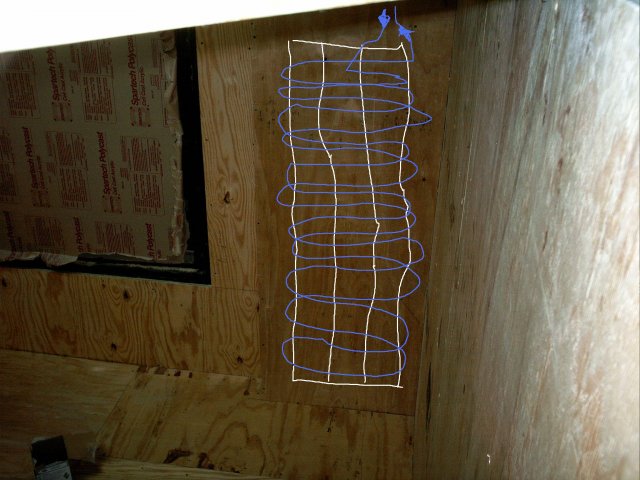Now I remember.They are not designed to be continually used,24/7.And PVC is a poor heat conductor.
It will wear out the heat exchanger. Just wondering if you had found one that has elimented this problem.
Rinnai,Navien,and Rudd are the brands we carry.
A commerical one may solve this problem,but I'm not sure.
To keep the tank at even 84 degrees, it would barely be on once the tank was to temp.
Tankless hot water heaters are designed for intermittent on demand use. My use of it will be fractional compared to the use it would get from baths/dishes/laundry even with a small household.



